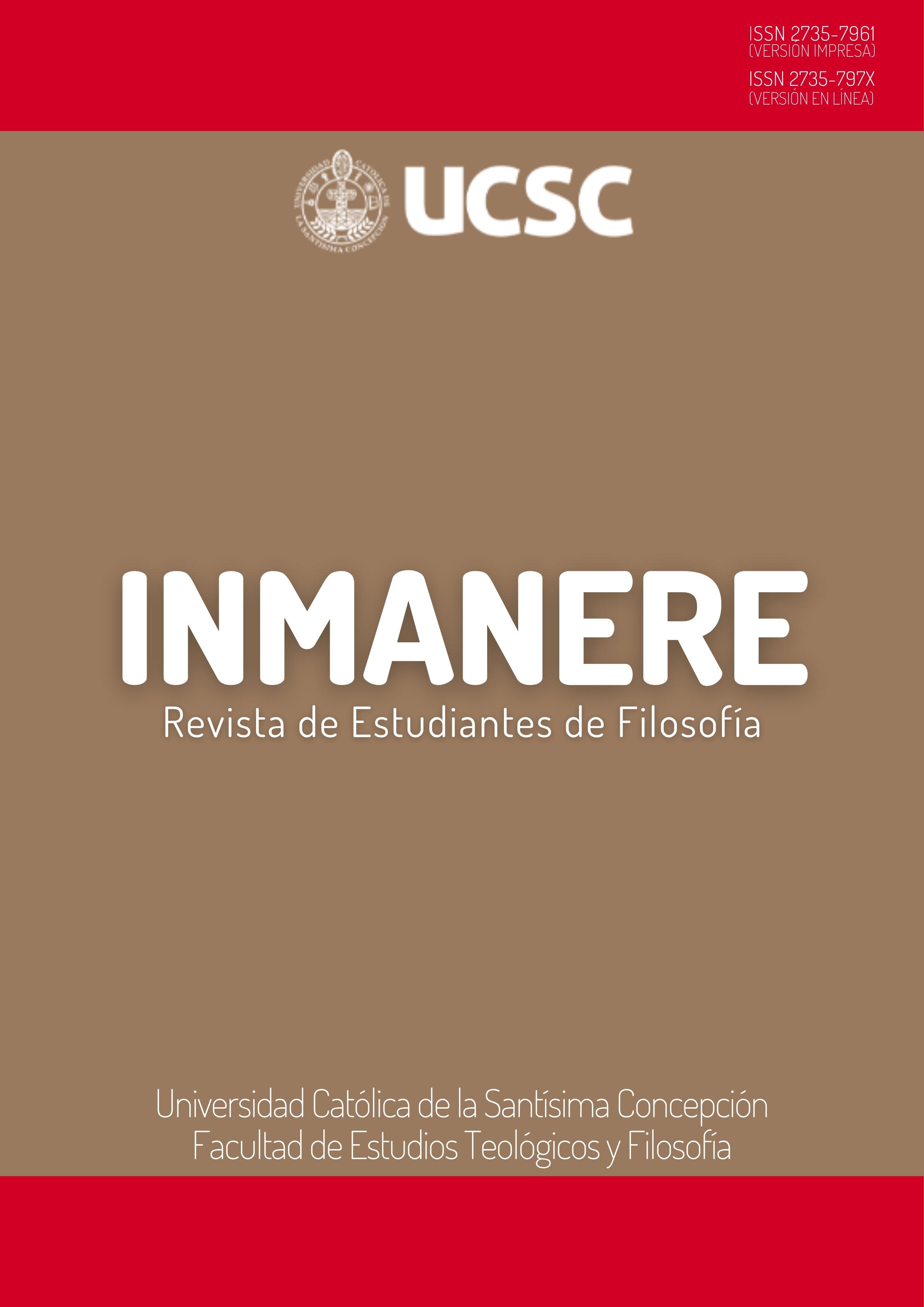The understanding of the anthropological movement in despair. Kierkegaard and the unfolding of man in the self
Main Article Content
Abstract
This text examines man's relationship with himself, driven by his despair as an anthropological development. Starting from Søren Kierkegaard's theoretical proposal, it seeks to describe man's dialectical journey towards himself in relation to an absolute, which is external to him. Man is defined only by his most immediate representation, as a set of flesh and blood, but as spirit. In his transcendence, his life does not end with the perishing of his physical body; likewise, sin, inherent to his being, always accompanies him. Uneasy with himself, man perceives his capacity to transform himself into a more authentic form, capable of attaining fulfillment. This responds to a teleology established by the existence of God, even if it does not determine man's actions. Finally, the process of self-actualization, from the aesthetic to the religious stage, can be understood as a progression from a lesser to a greater degree of faith. In other words, his transformation takes place on account of an authentic existence, achieved through a development driven by despair.
Downloads
Article Details

This work is licensed under a Creative Commons Attribution-NonCommercial 4.0 International License.
The work is licensed under a Creative Commons Attribution 4.0 International License. This license allows sharing and adaptation of the material in any medium or format, even for commercial purposes. Proper attribution must be given, including a link to the license and indicating any changes made to the material. No additional restrictions may be applied that legally limit others from exercising the permissions granted by the license.
References
Duplá, L. (2022). Kierkegaard y las formas de la desesperación, Cuadernos Salmantinos de Filosofía, 49, 445-464.
Kierkegaard, S. (2008). La enfermedad mortal (Trad. Demetrio Gutiérrez Rivero). Trotta.
Kierkegaard, S. (2007). O lo uno o lo otro. Un fragmento de vida I. Trotta.
Kierkegaard, S. (2007a). O lo uno o lo otro. Un fragmento de vida II. Trotta.
Kierkegaard, S. (1994). El concepto de la angustia. Espasa-Calpe.
Kierkegaard, S. (1992). Concluding Unscientific Postcript to Philosophical Fragments. Vol. 1. (Eds. Howard V. Hong & Edna H. Hong). Princeton University Press.
Kierkegaard, S. (1970). Soren Kierkegaard’s Journal and Papers. Vol. 2 (Eds. Howard V. Hong & Edna H. Hong). Indiana University Press.
Kierkegaard, S. (1958). Temor y temblor (Trad. Jaime Gringberg). Editorial Lossada.
Sellés, J. (2012). ¿Cabe antropología natural, según Kierkegaard, o solo por fe? Alpha, 43, 9-18. https://doi.org/10.4067/S0718-22012016000200002
Sousa, D. (2012), Kierkegaard's anthropology of the self: ethico-religious and social dimensions of selfhood. The Hythrop Journal, 53, 37-50. https://doi.org/10.1111/j.1468-2265.2010.00636.x
Viñas, Á. (2017). Notas sobre la antropología de Kierkegaard. Daimon Revista Internacional de Filosofía, 155–162. https://doi.org/10.6018/daimon/269991




